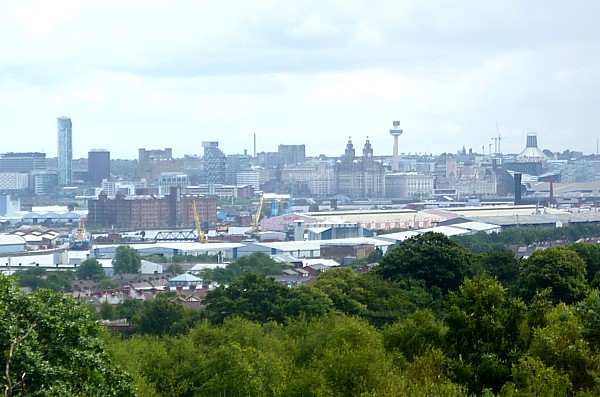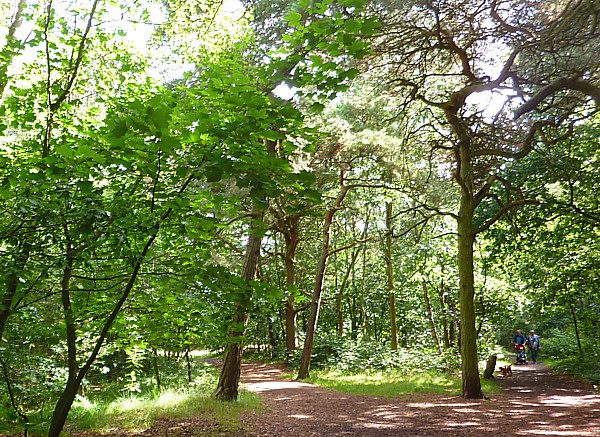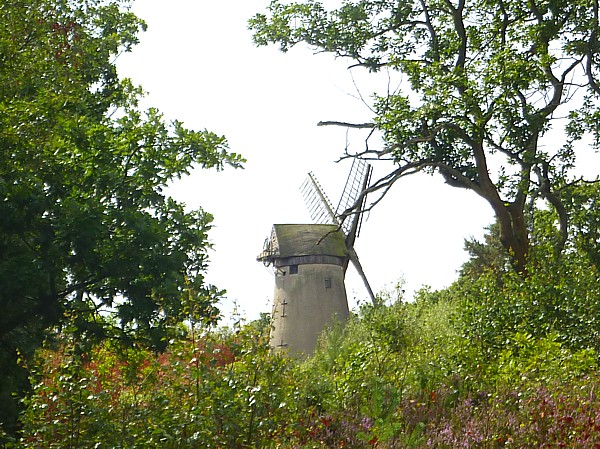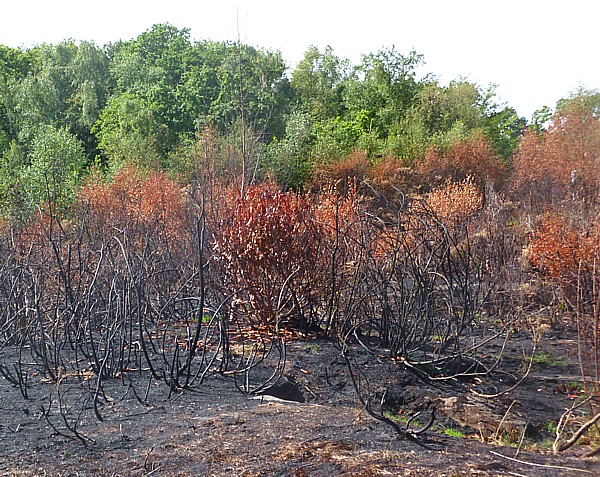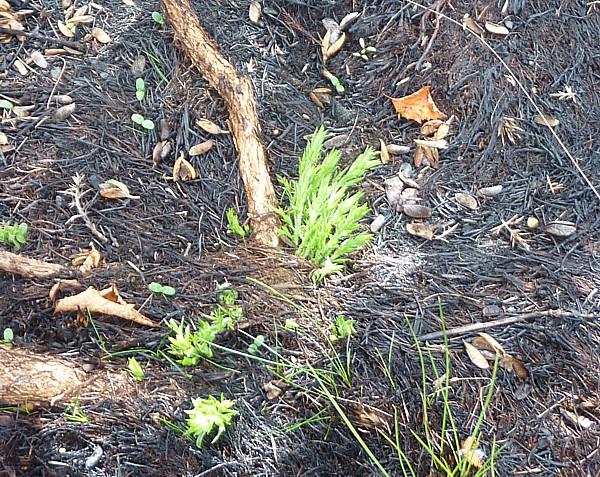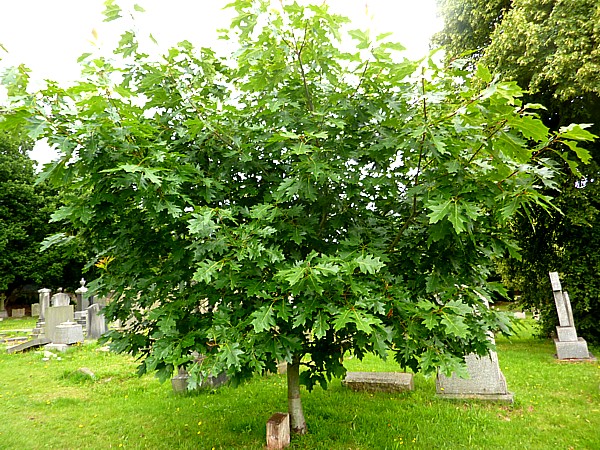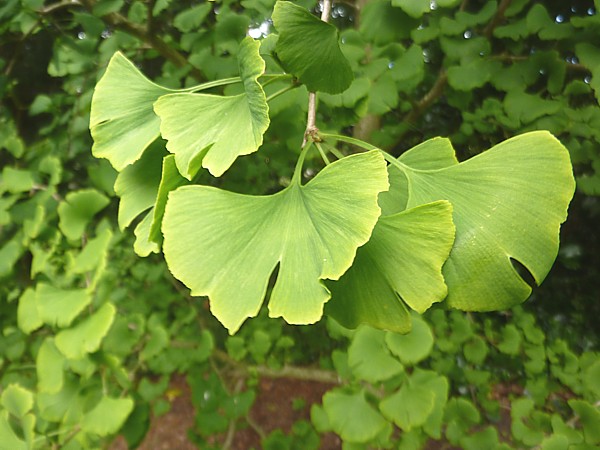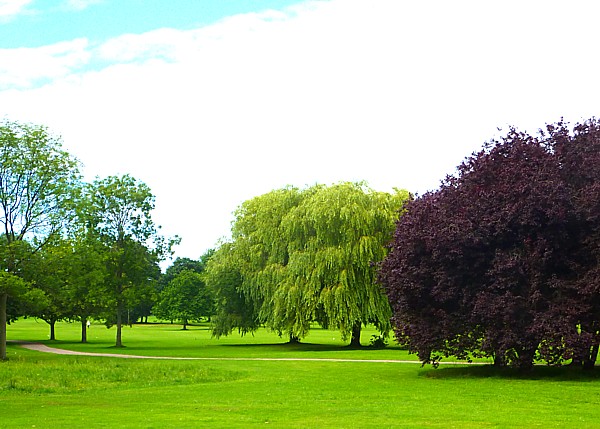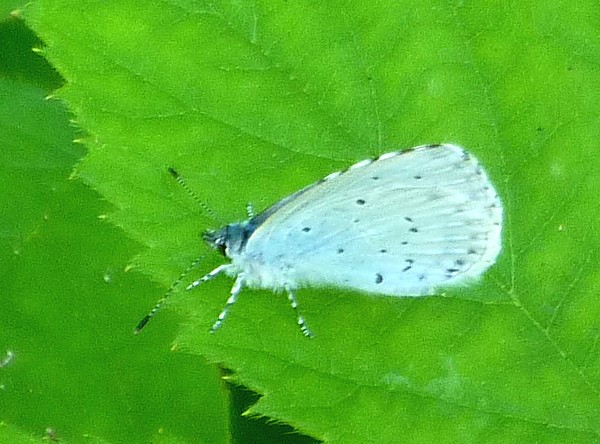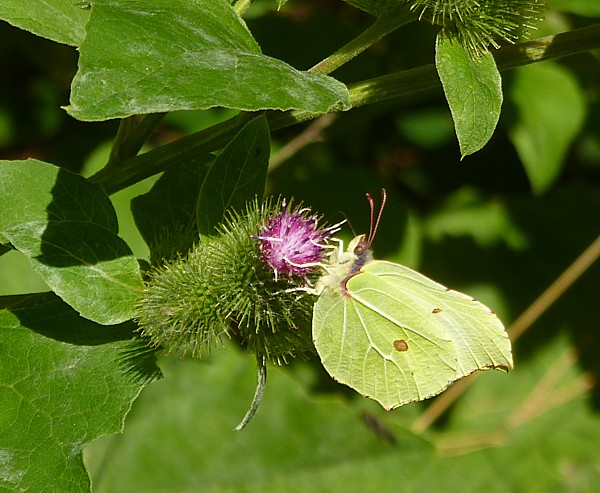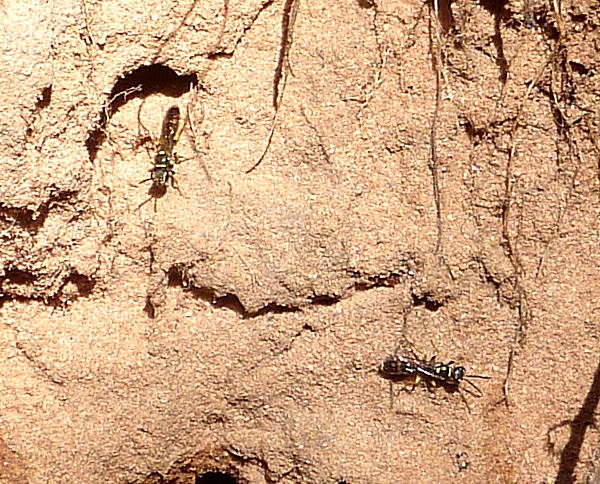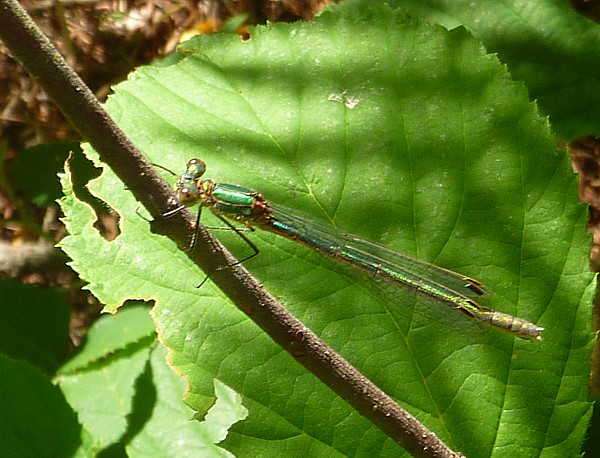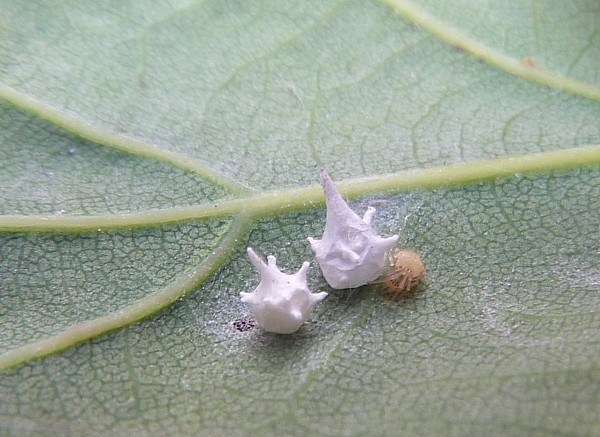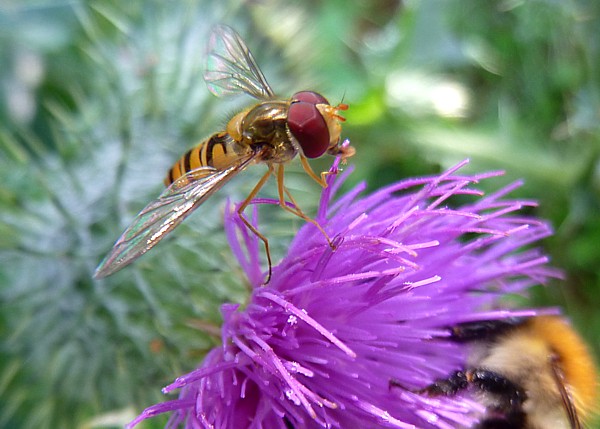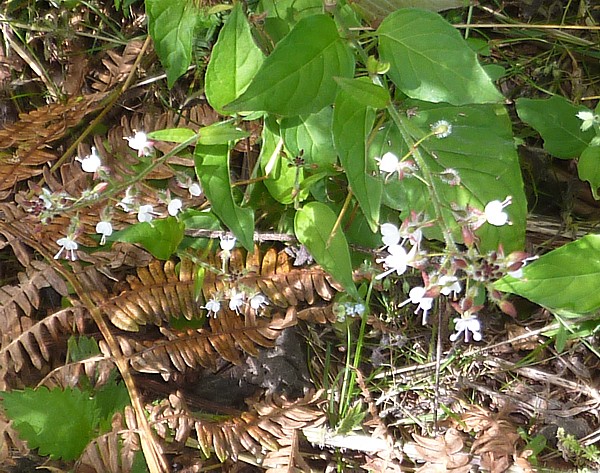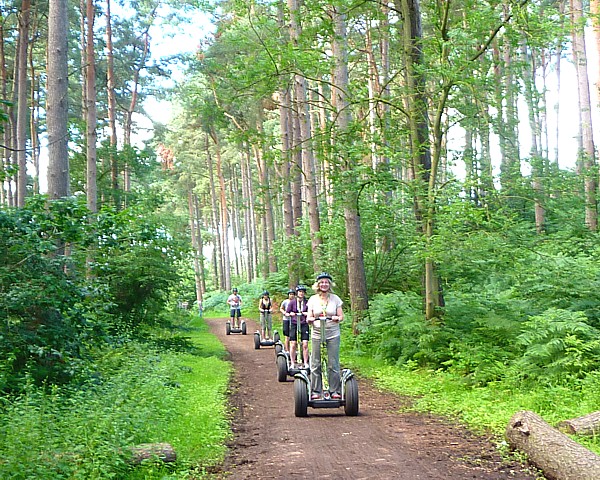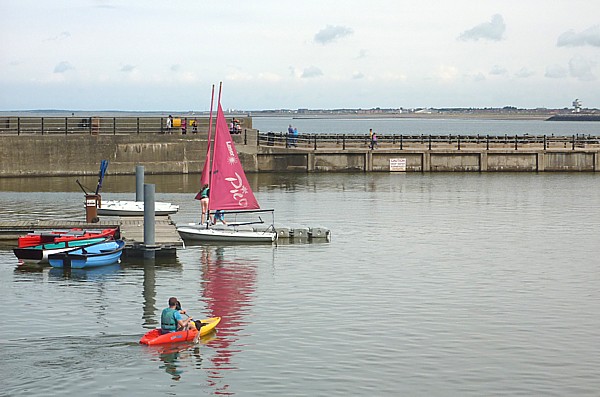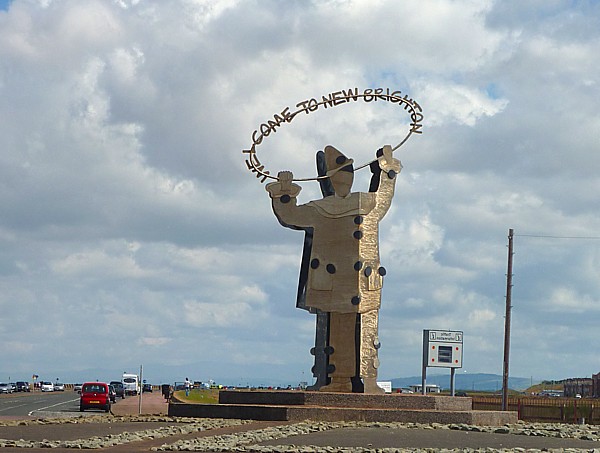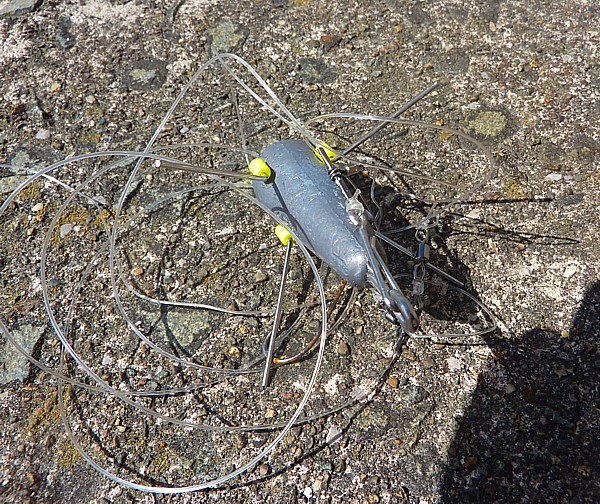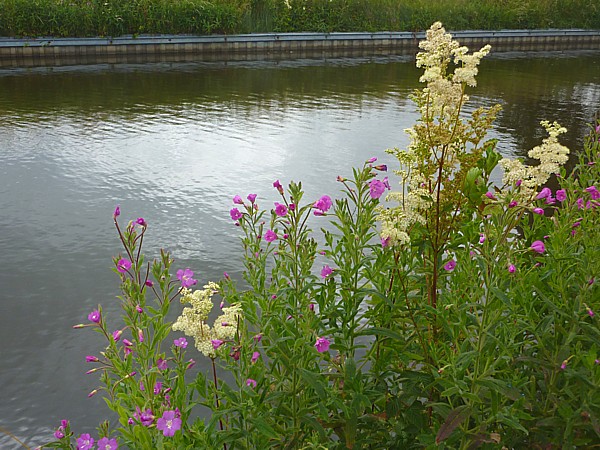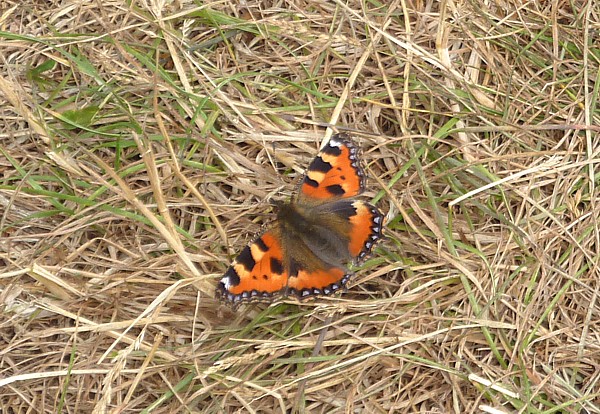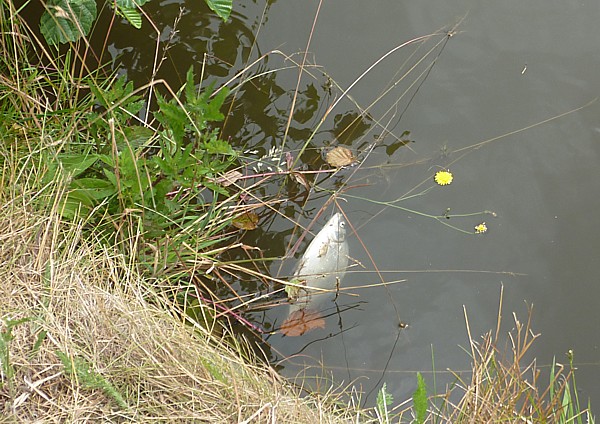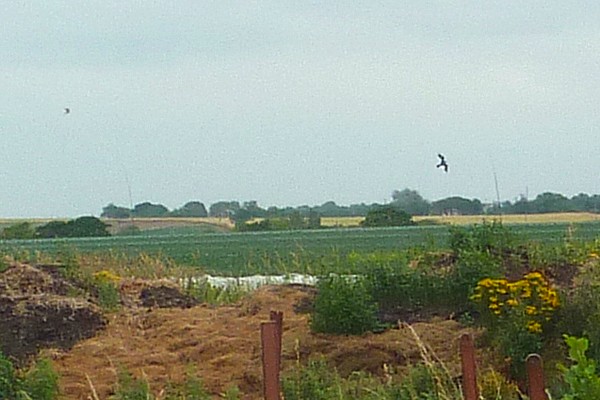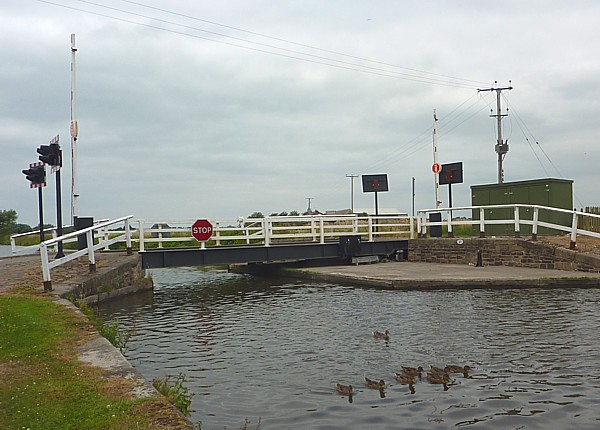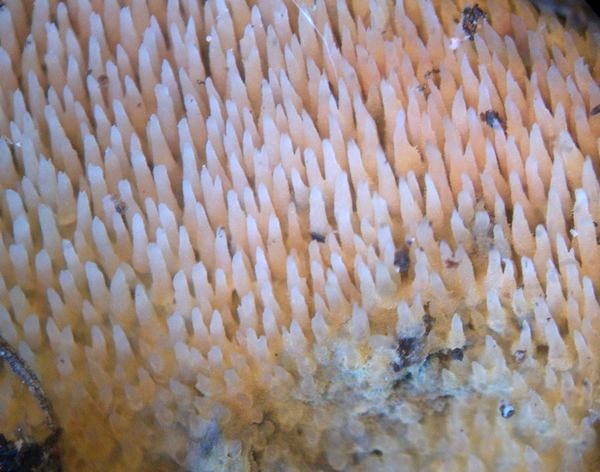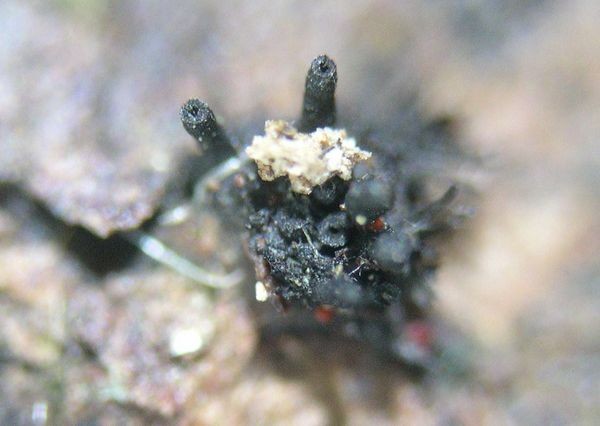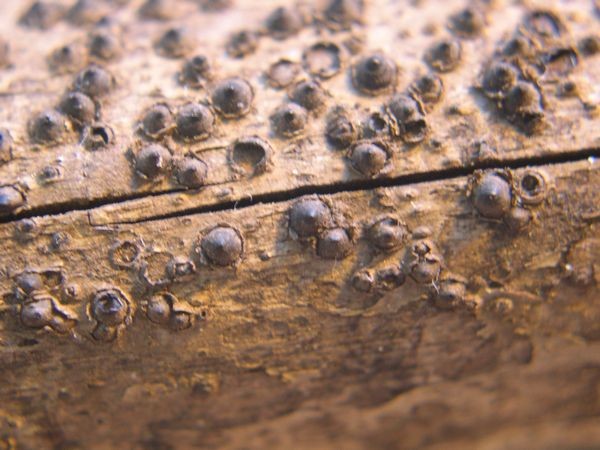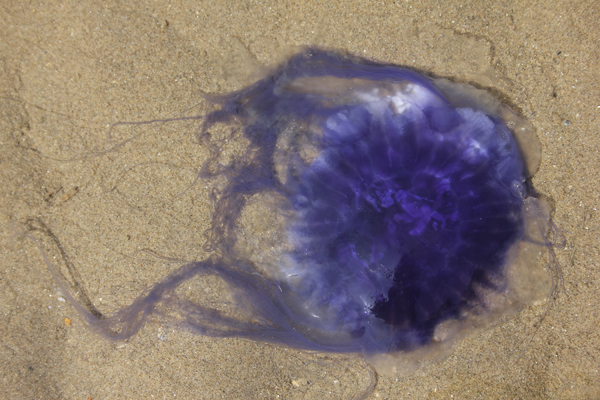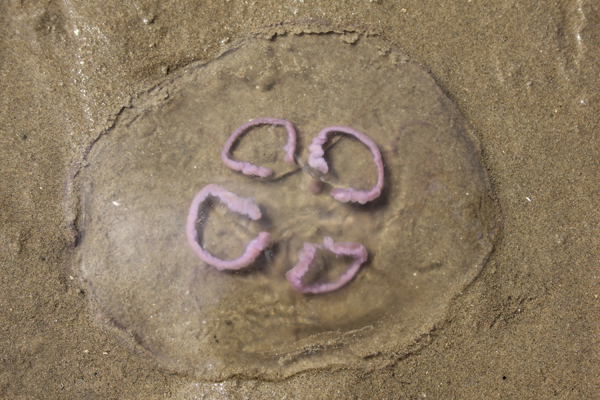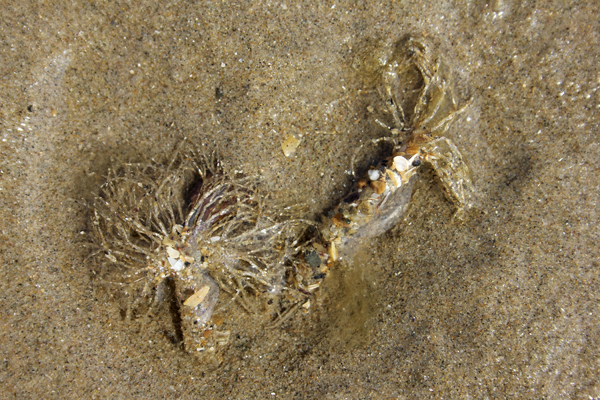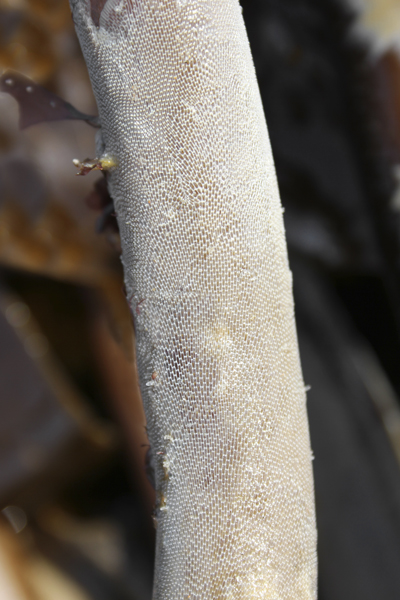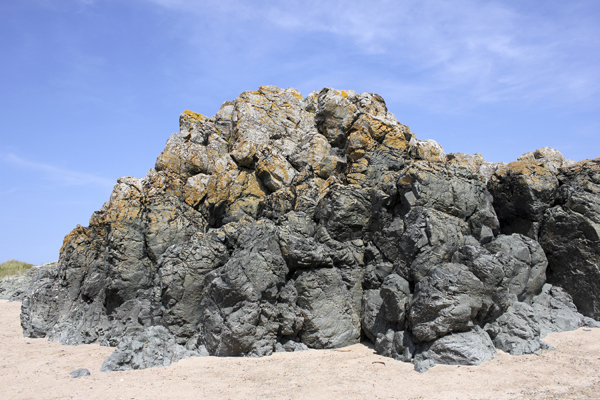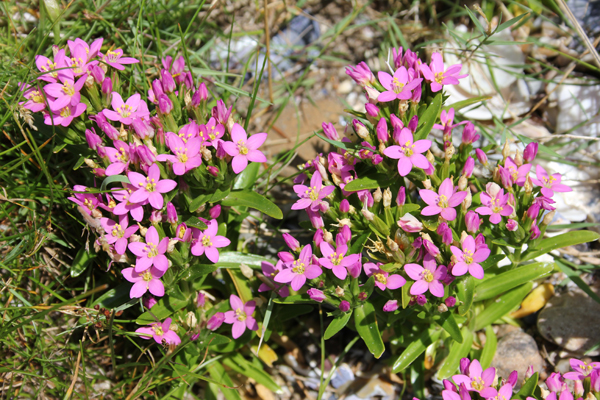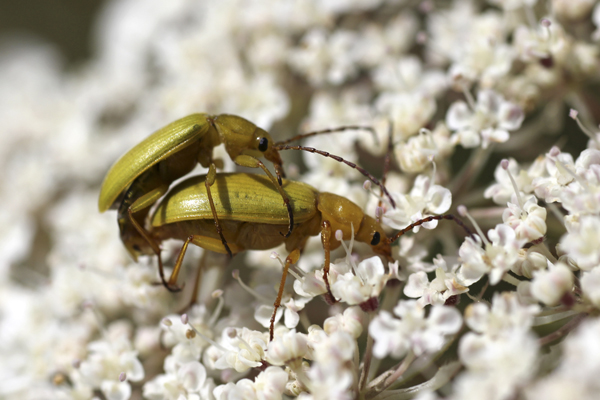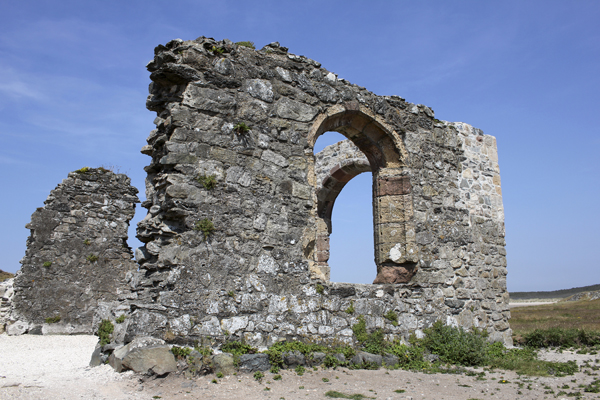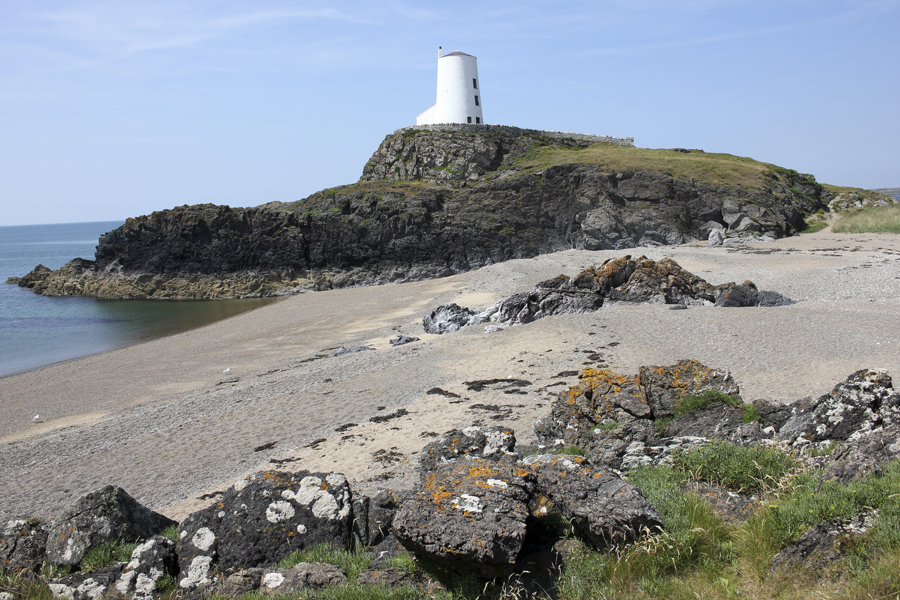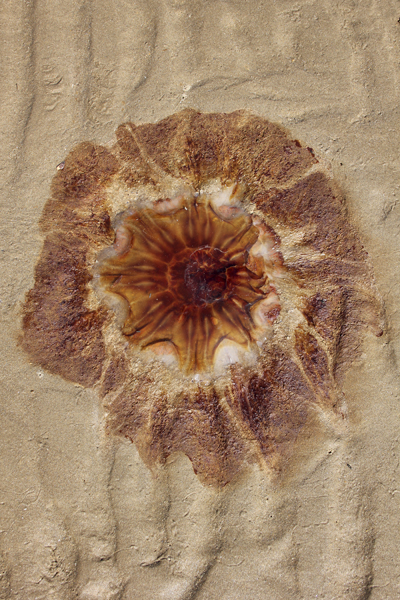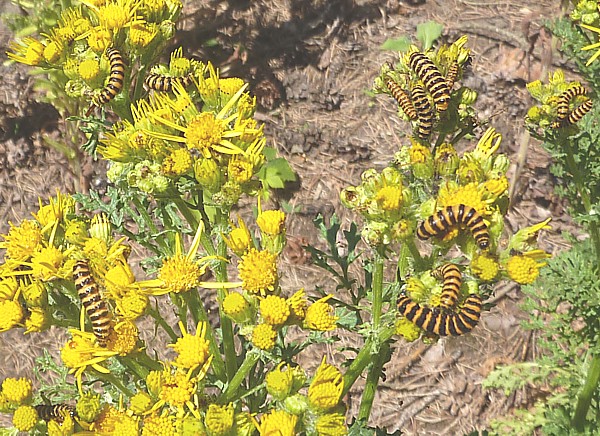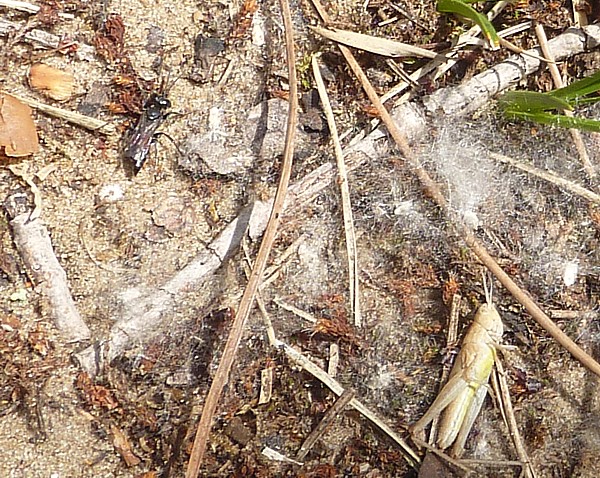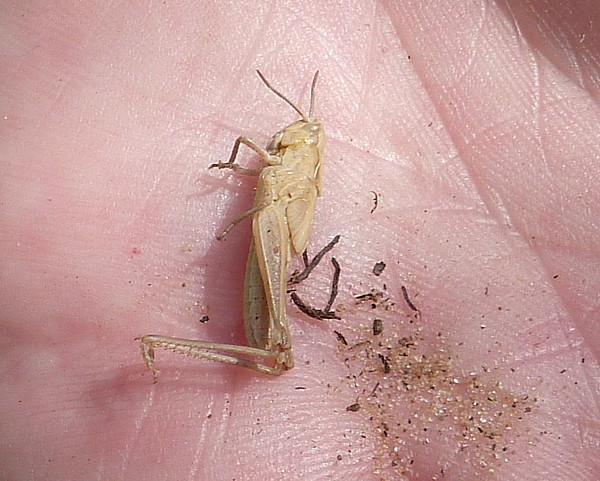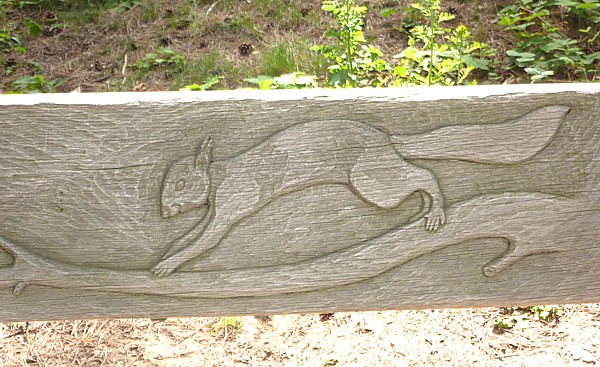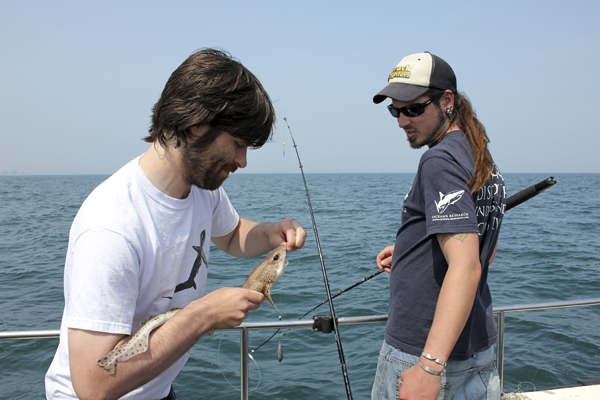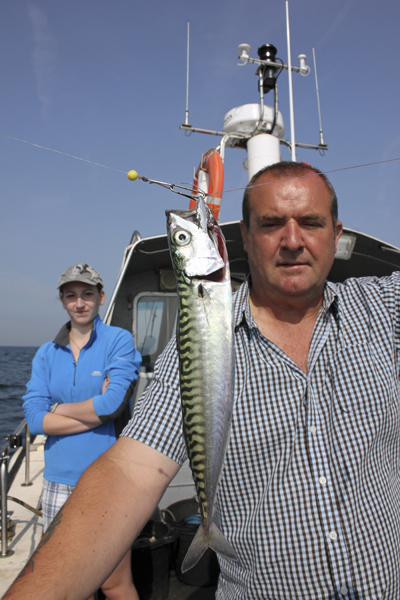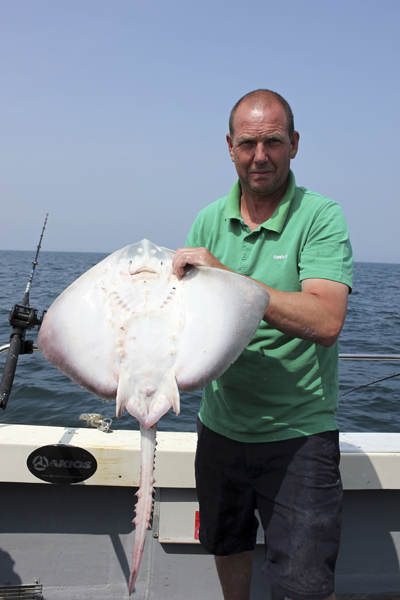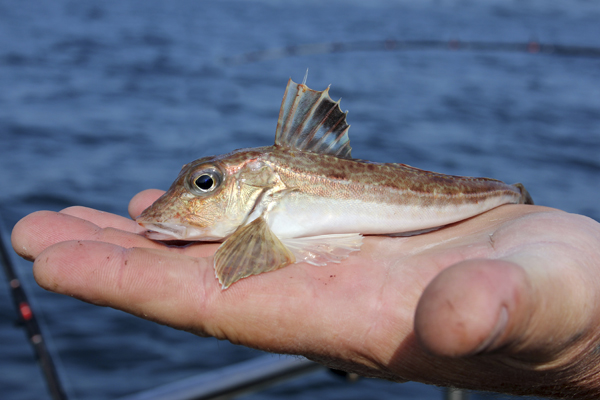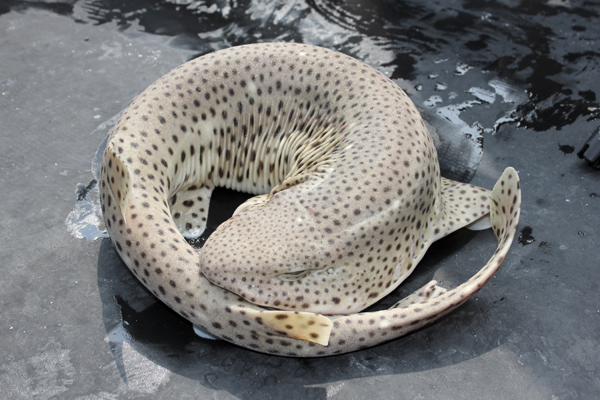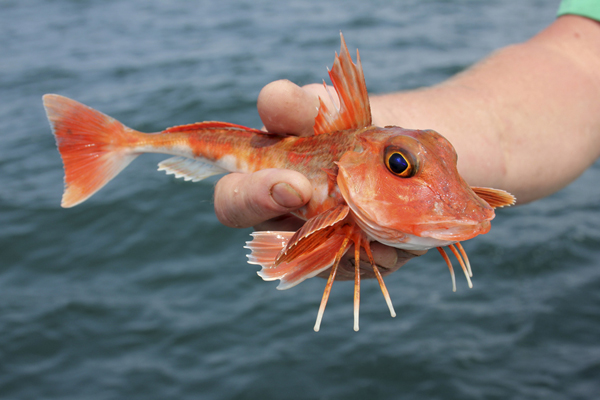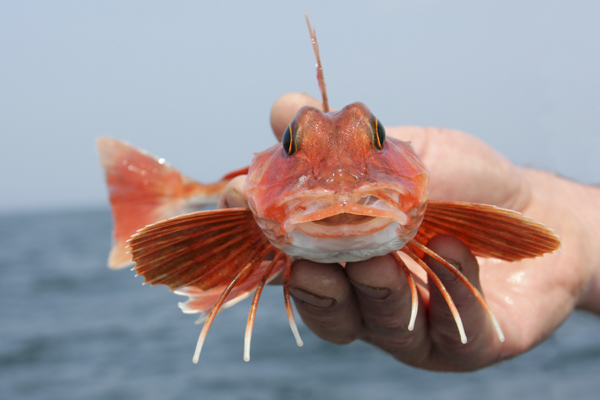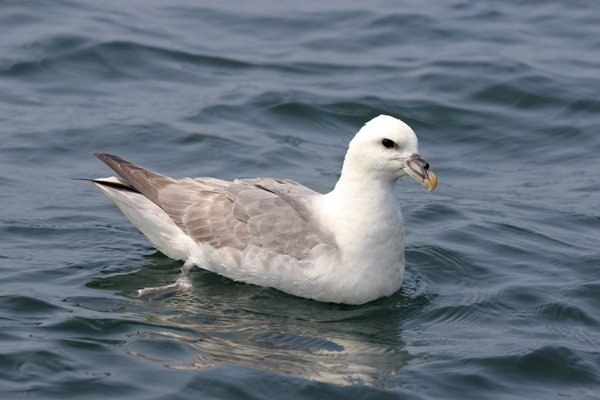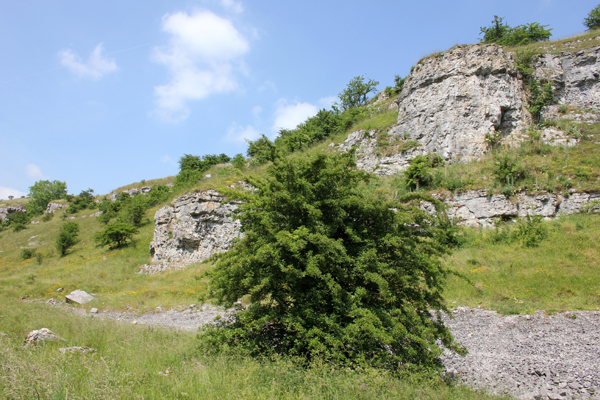
As in previous years today’s MNA coach trip to Lathkill Dale was again blessed with hot and sunny weather. Lathkill Dale is one of the country’s finest limestone valleys and is one of five such valleys in the WhitePeak area that make up the Derbyshire Dales National Nature Reserve.
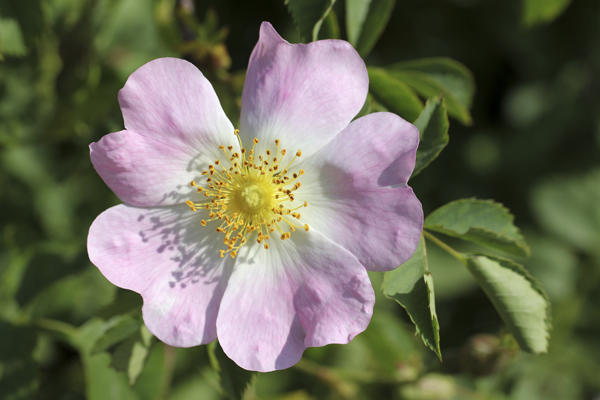
Dog Rose
A large climbing Dog-rose Rosa canina covered a fence beside the entrance gate to the meadow area at the beginning of the walk was covered in Meadow Buttercup Ranunculus acris along with Lady’s Smock a.k.a. Cuckooflower Cardamine pratensis, Salad Burnet Sanguisorba minor, Bird’s-foot Trefoil Lotus corniculatus, Tufted Vetch Vicia cracca, Common Vetch Vicia sativa, Fairy Flax Linum catharticum, Common Milkwort Polygala vulgaris, Meadow Crane’s-bill Geranium pratense, Dove’s-foot Crane’s-bill Geranium molle, Herb Robert Geranium robertianum, Cow Parsley Anthriscus sylvestris, Pignut Conopodium majus, Hogweed Heracleum sphondylium, Field Forget-me-not Myosotis arvensis, Wood Sage Teucrium scorodonia, Greater Plantain Plantago major, Hoary Plantain Plantago media, Ribwort Plantain Plantago lanceolata.
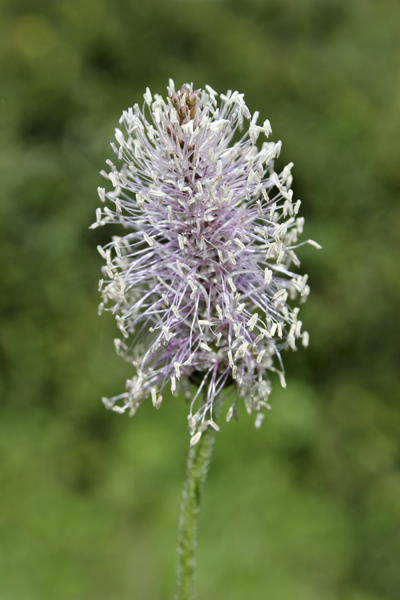
Hoary Plantain
Heath Speedwell Veronica officinalis, Germander Speedwell Veronica chamaedrys, Crosswort Cruciata laevipes, Welted Thistle Carduus crispus, Spear Thistle Cirsium vulgare, Creeping Thistle Cirsium arvense, Greater Knapweed Centaurea scabiosa, Common Knapweed Centaurea nigra, Nipplewort Lapsana communis, Common Cat’s-ear Hypochaeris radicata, Goat’s-beard Tragopogon pratensis, Prickly Sow-thistle Sonchus asper, Beaked Hawk’s-beard Crepis vesicaria, Mouse-ear Hawkweed Pilosella officinarum, Yarrow Achillea millefolium, Oxeye Daisy Leucanthemum vulgare, Pineappleweed Matricaria discoidea, Common Ragwort Senecio jacobaea, Early-purple Orchid Orchis mascula and there was Nettle Rust Puccinia urticata on Stinging Nettle Urtica dioica.
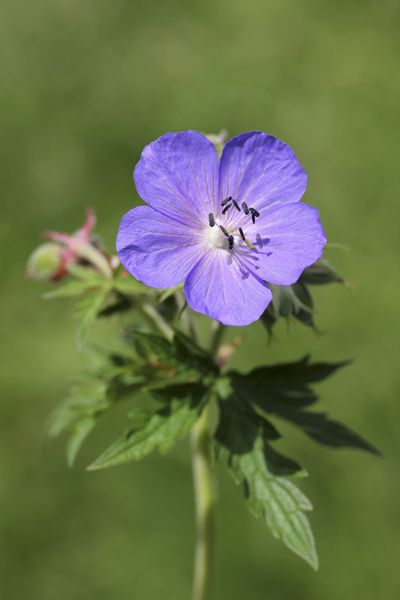
Meadow Crane’s-bill
A few Common Green Grasshoppers Omocestus viridulus were stridulating away and numerous Chimney Sweep Moths Odezia atrata were flying around along with a few Snout Moths Hypena proboscidalis and ‘Grass’ Moths.
A whole range of Ferns were identified including Common Polypody Polypodium vulgare, Black Spleenwort Asplenium adiantum-nigrum, Maidenhair Spleenwort Asplenium trichomanes, Wall-rue Asplenium ruta-muraria, Brittle Bladder-fern Cystopteris fragilis and Male-fern Dryopteris filix-mas.
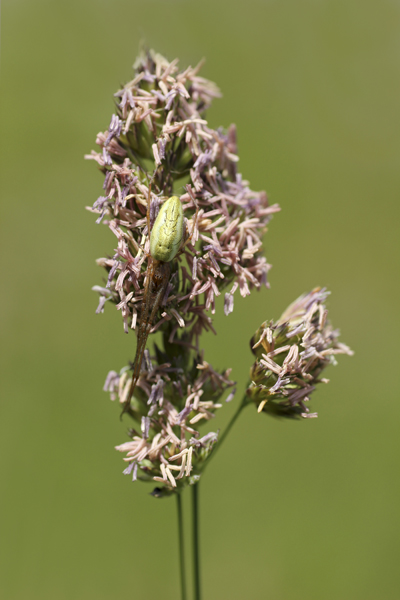
Common Stretch Spider
An unidentified Spider was wandering about its web, a Zebra Spider Salticus scenicus was on a stone wall and a Common Stretch Spider Tetragnatha extensa was in camouflage mode on a grass head. We noted our first Large Red Damselflies Pyrrhosoma nymphula and Common Blue Damselflies Enallagma cyathigerum attracted by the small pond hidden from immediate view behind a stone wall.
A few stunning male Redstarts were calling, Wrens in song, Barn Swallows and Swifts zooming overhead, Rooks and Jackdaws flying over
Entering the wooded area there was Herb Bennet aka Wood Avens Geum urbanum and some large clumps of Water Avens Geum rivale that were being visited by the Hoverfly Rhingia campestri plus Lords and Ladies Arum maculatum. A lone Common Spotted-orchid Dactylorhiza fuchsia was hiding amid some ferns.
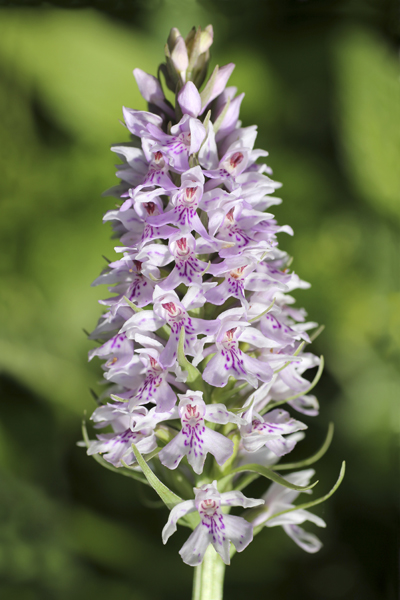
Common Spotted Orchid
I noted a few insects with a few Common Red Soldier Beetle Rhagonycha fulva, a lone Soldier Beetle Cantharis rustica, three Orchid Beetles Dascillus cervinus, a handful of Scorpion Flies Panorpa communis and a Nettle-tap Moth Anthophila fabriciana. There wasn’t the usual profusion of Hoverflies on the umbellifers with only a single Volucella pellucens. Ash Leaflet Roll Gall on Ash Fraxinus excelsior leaves caused by the plant louse Psyllopsis fraxini was noted.
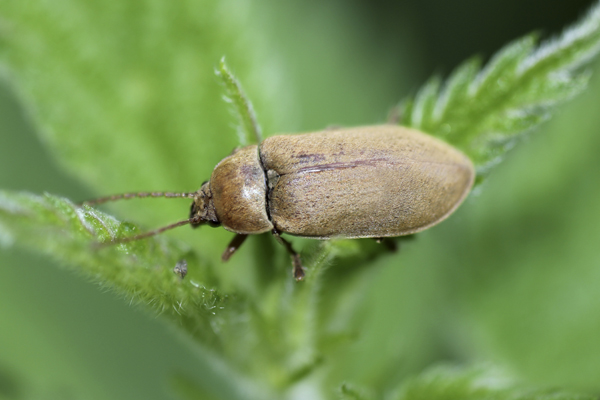
Orchid Beetle
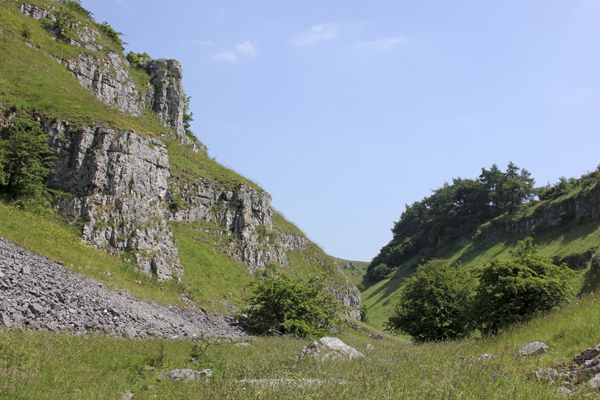
We were now in the dramatic setting of the central gorge with limestone cliffs on either side. A fenced off area was to protect the mass of Jacob’s Ladder plants. A few plants were situated outside the fence area which allowed for photos.
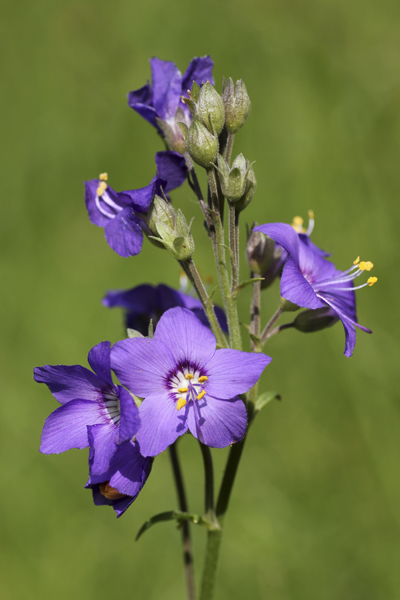
Jacob’s Ladder
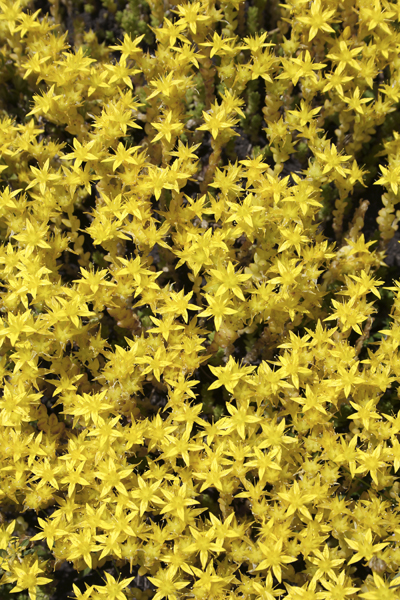
Biting Stonecrop
Rocky boulders were covered in Biting Stonecrop Sedum acre, Wild Thyme Thymus polytrichus, Harebell Campanula rotundifolia, Lady’s Bedstraw Galium verum, Limestone Bedstraw Galium sterneri and some orange patches of Lichen.
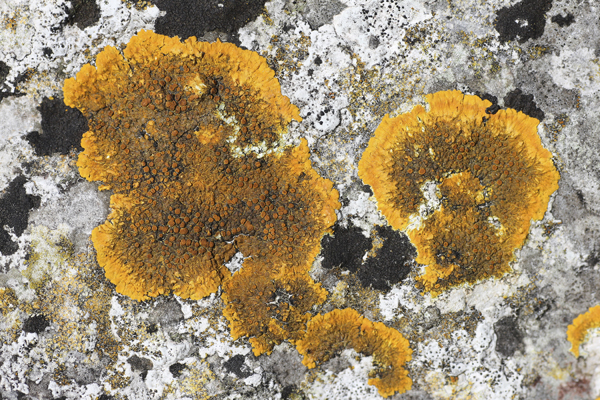
Lichen
The botanists noted a multitude of other flora including Greater Stitchwort Stellaria holostea, Red Campion Silene dioica, Large Bitter-cress Cardamine amara, Hairy Rock-cress Arabis hirsuta, Orpine Sedum telephium, Dropwort Filipendula vulgaris, Meadowsweet Filipendula ulmaria, Silverweed Potentilla anserina, Tormentil Potentilla erecta, Black Medick Medicago lupulina, Red Clover Trifolium pratense, Great Willowherb Epilobium hirsutum, Broad-leaved Willowherb Epilobium montanum, Eyebright Euphrasia officinalis, Cleavers Galium aparine, Common Valerian Valeriana officinalis, Small Scabious Scabiosa columbaria.
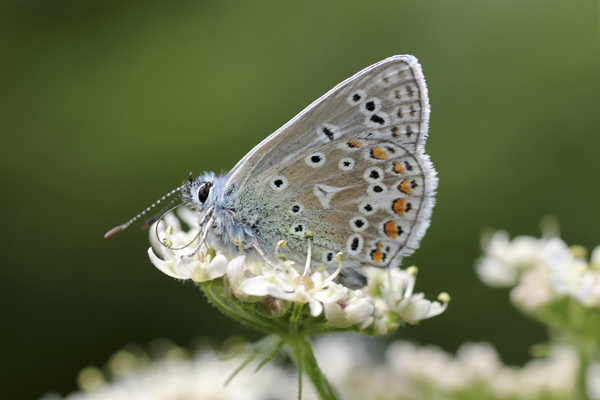
Common Blue
We were encouraged to see the variety and numbers of Butterflies on the wing noting Small Skipper Thymelicus sylvestris, Dingy Skipper Erynnis tages, Brimstone Gonepteryx rhamni, Orange Tip Anthocharis cardamines, Common Blue Polyommatus icarus, Small Tortoiseshell Aglais urticae, Red Admiral Vanessa atalanta, Peacock Inachis io, Pearl-bordered Fritillary Boloria euphrosyne, Dark Green Fritillary Argynnis aglaja, Speckled Wood Pararge aegeria, Meadow Brown Maniola jurtina, Small Heath Coenonympha pamphilus and a couple of Brown Plume Moths Emmelina monodactyla.
Ravens flew over the gorge croaking and an adult Peregrine circled overhead. Those members that reached the River now a mere trickle added Mallard and Grey Wagtail to the list.
Returning to the start of the walk an Emperor Dragonfly Anax imperator was on the small pond behind the stone wall and at a large fenced off pond four male and two female Broad-bodied Chasers Libellula depressa were in high-speed aerial combat mode. Plenty of Large Red Damselfly Pyrrhosoma nymphula, Common Blue Damselfly Enallagma cyathigerum and Blue-tailed Damselfly Ischnura elegans with a few mating pairs.

Common Blue Damselfly
A wide photographic selection of birds, marine life, insects, mammals, orchids & wildflowers, fungi, tribal people, travel, ethnography, fossils, rocks & minerals etc. is available on my Alamy webpage
If you are interested in the wildlife of the North-west of England and would like to join the walks and coach trips run by the Merseyside Naturalists’ Association, see the main MNA website for details of our programme and how to join us.
